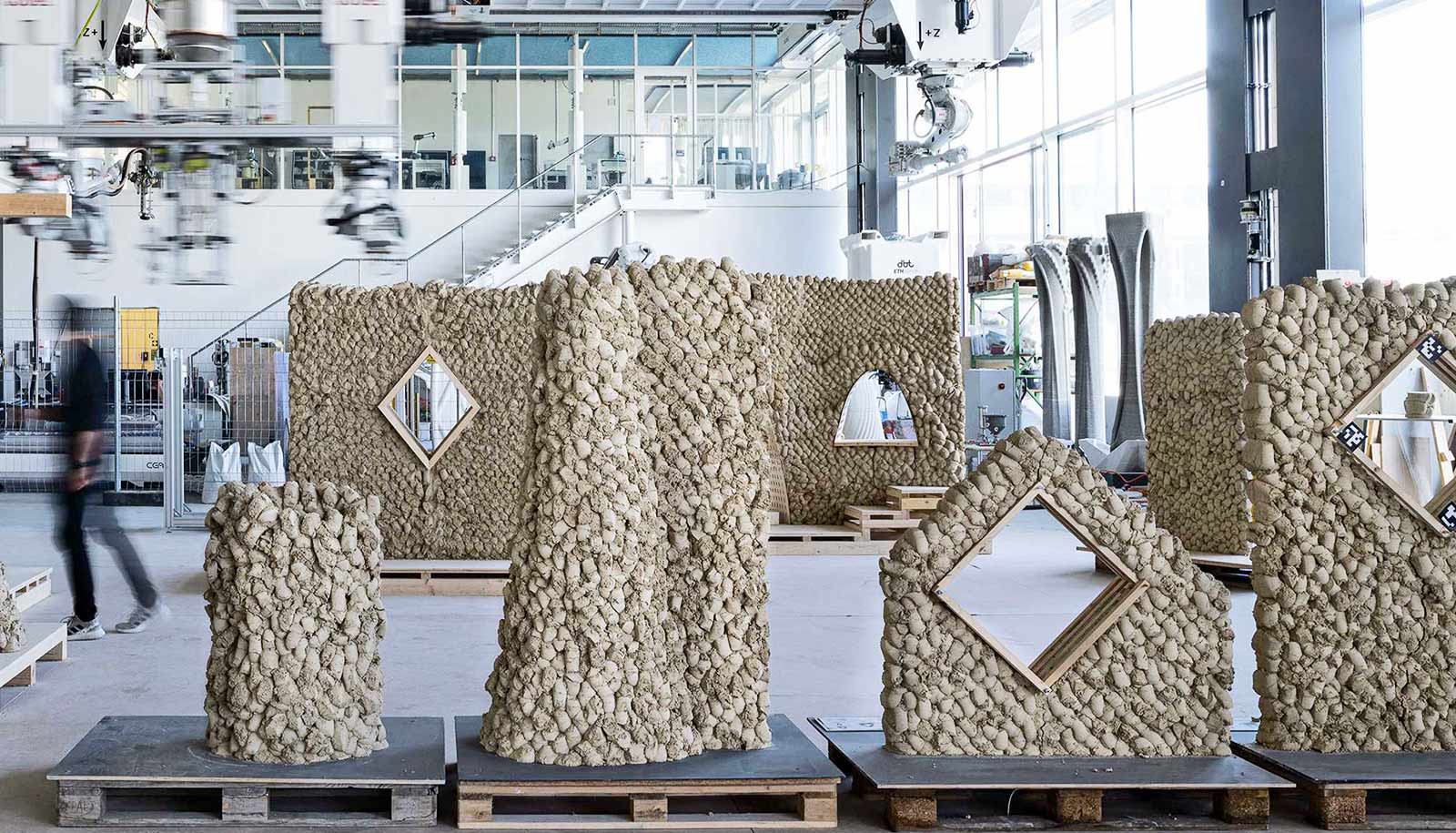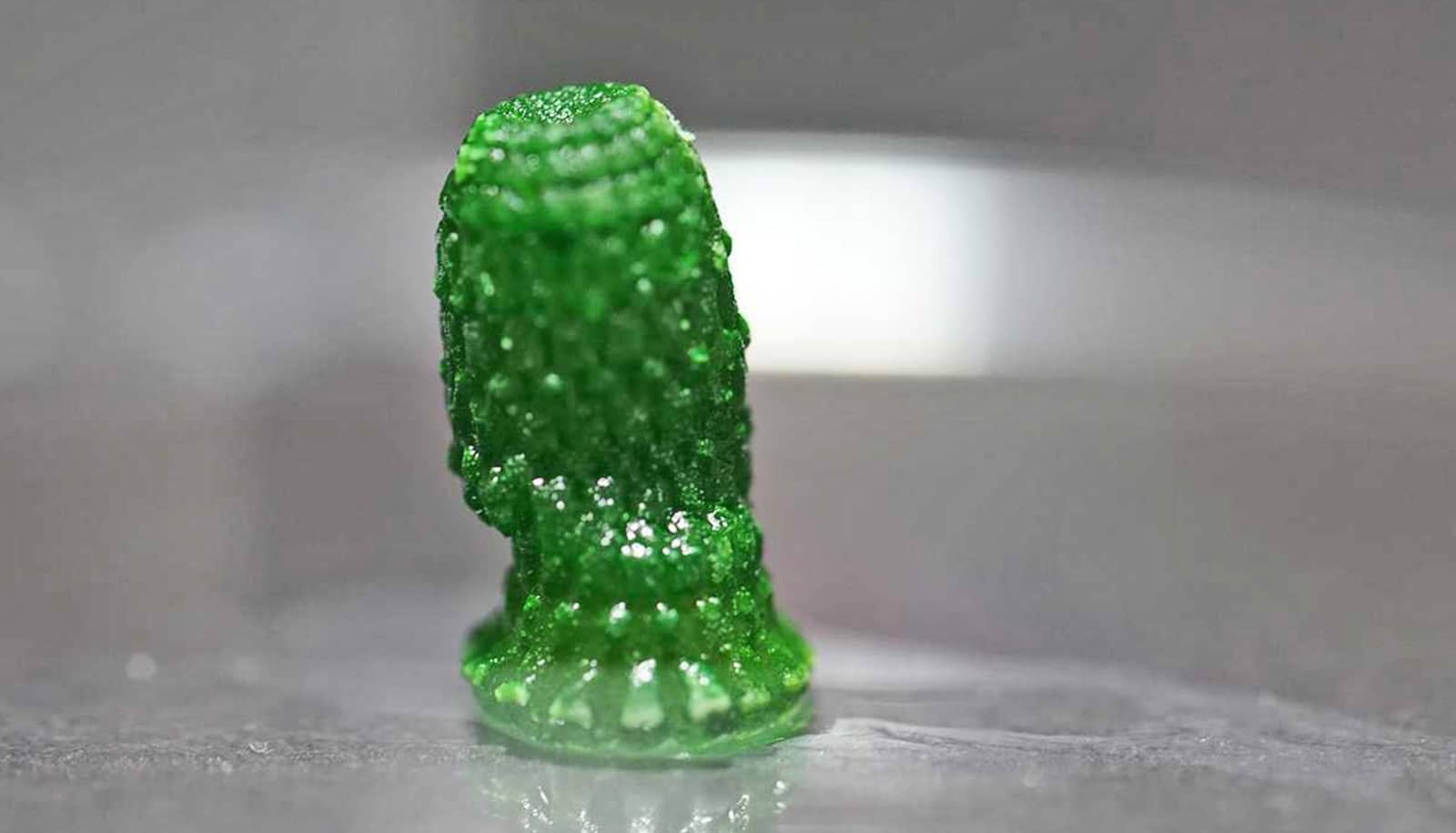A new study reveals the molecular dynamics that underpin concrete’s durability.
Concrete may look solid and uniform, but at the nanoscale it’s full of tiny, irregular pores that help determine how long the cement structure lasts—and how quickly the steel inside it corrodes. These nanopores vary widely in size, shape and chemistry, making them notoriously difficult to study.
The new study from Rice University now sheds light on what’s happening inside those hidden channels.
Led by Kai Gong, assistant professor of civil and environmental engineering at the George R. Brown School of Engineering and Computing, the research reveals how water and ions move through the nanopores of calcium silicate hydrate—the fundamental building block of cement.
Published in the Journal of Physical Chemistry, the study demonstrates how the atomic structure of these pores affects the transport of water and ions, including sodium and chloride. Understanding that movement is key. When chloride ions penetrate concrete, they accelerate corrosion of the steel reinforcement, especially in salt-rich coastal environments.
“While previous studies have explored ion transport using various experimental methods, a molecular-level, spatially resolved picture of ion migration within these nanopores has remained elusive,” Gong says.
“The molecular simulations allowed us to precisely control the pore size, surface, and solution chemistries, which enabled us to better understand the transport of ions and atomic interactions at solid-liquid interfaces under various environmental conditions.”
Using this spatially resolved approach, Gong and postdoctoral fellow Weiqiang Chen investigated how water and ions behave inside the tiny spaces within nanopores under different temperatures. They found that the movement of water molecules and ions was strongly slowed down near pore surfaces but increased gradually toward the pore center, where solid and liquid phases interface.
With these insights, they have established a new mechanistic framework to predict and potentially alter how ions move within these pores, which could help engineers design longer lasting, more sustainable concrete.
Improving concrete durability also has major environmental implications: The infrastructure and construction sector is estimated to produce more than 40% of global greenhouse gas emissions with concrete and steel production contributing nearly half of that. Extending the life of concrete structures can therefore reduce emissions, maintenance needs and costs.
“By clarifying how ions move through cement nanopores, this study points to new ways to slow corrosion and extend concrete’s lifespan. This will be particularly useful in salt-rich coastal environments, where steel used to reinforce concrete structures often corrodes due to the influx of chloride ions through concrete,” Gong says. “The insights gained from this study can be used to inform the design of cement compositions that are more durable and sustainable with implications extending far beyond cement and concrete industries.”
Ionic transport in nanopores is central to many natural and engineered systems such as water purification, soil nutrient cycling, mineral weathering, battery storage, nuclear waste containment and enhanced oil recovery. The new methodology and mechanistic framework developed by Gong and his team at Rice could potentially benefit those fields as well.
Support for the work came from the civil and environmental engineering department at Rice. Access to computational resources was partially supported by the Big-Data Private-Cloud Research Cyberinfrastructure MRI award funded by the National Science Foundation and by Rice’s Center for Research Computing.
Source: Rice University



